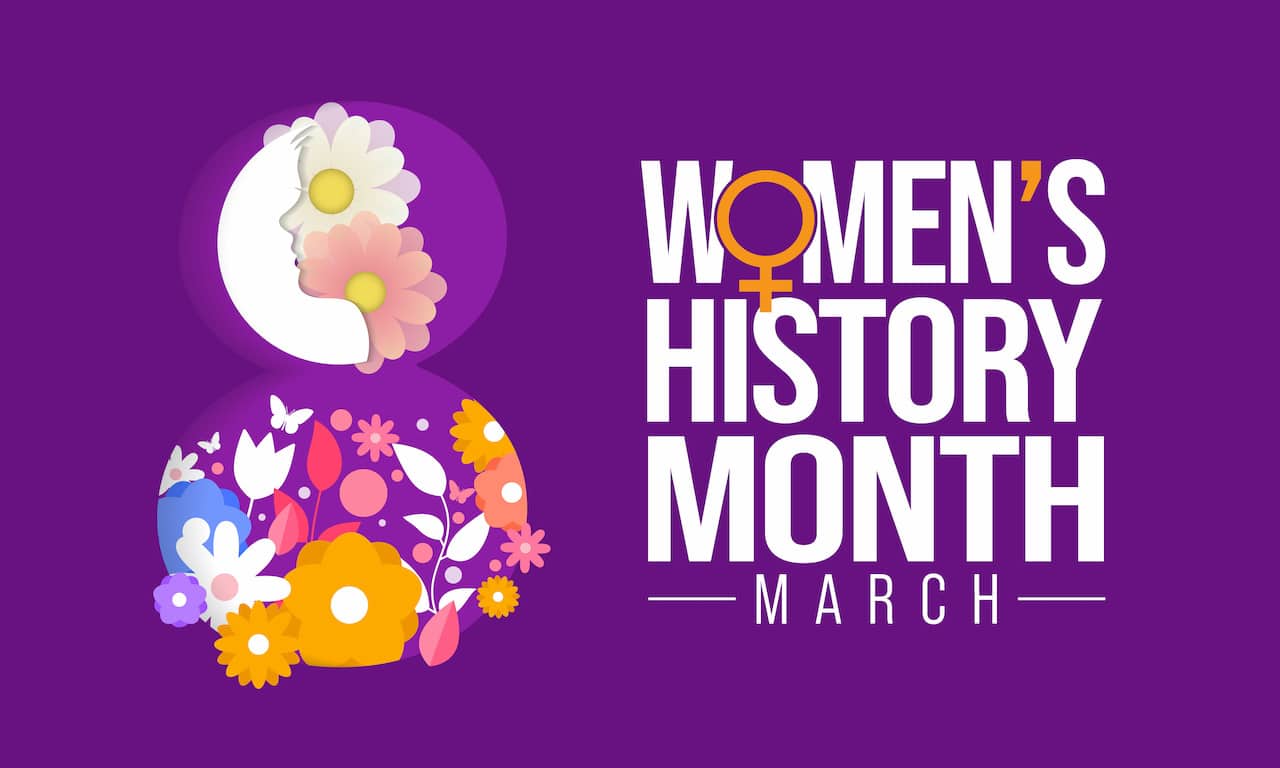Credit Sesame celebrates National Women’s History Month by looking at some of the women who shaped finance in America.
March is National Women’s History Month and a perfect time to observe prominent women who influenced the American financial landscape. While achieving wealth and distinction through their own efforts, these extraordinary women also battled for women’s financial rights.
Here are the stories of how they overcame challenges and made their marks, and what we can learn from their tactics.
Victoria Woodhull, the First Lady of Wall Street
Victoria Woodhull (1838–1927) was the first woman to own a brokerage firm on Wall Street. She was also the first woman to start a weekly newspaper. Victoria agitated for women’s suffrage, equal education and labor reform. In 1872, she ran for President of the United States for the Equal Rights Party.
Victoria reportedly had spiritual gifts and fortune-telling abilities that her family relied on for their income. She spent her childhood traveling with them, selling medicines and telling fortunes. This ability would serve her well in the future. Railroad magnate Cornelius Vanderbilt hired Victoria as a medium to contact his late wife. She also used her abilities to help him pick stocks. Vanderbilt helped her by backing her personal investments and eventually, she was able to open her own Wall Street firm, earning over $700,000 ($12 million today).
Ms. Woodhull used her money and influence to start a weekly newspaper. She ran stories exposing financial fraud and espousing the idea that women could live as men’s equals at work, at home and in politics.
What can we learn today from Victoria Woodhull?
That even without a financial background, we can use our strengths and contacts to gain financial knowledge and make investments. And even if we’ve not been taught much about saving and investing, it’s crucial to get out of our comfort zone and make regular deposits for our future. Victoria Woodhull also used her money to promote women’s rights and educate citizens about equality. If we want to improve the financial climate for the next generation of women, we must also make our voices heard.
Sarah Breedlove, the first female self-made millionnaire
Sarah Breedlove (1867–1919), aka Madam C.J. Walker, founded a line of hair care products for African American women. She parlayed her considerable sales income into many successful real estate investments, eventually becoming one of America’s first self-made female millionaires.
Ms. Breedlove’s path wasn’t an easy one. She was born to freed slaves in Louisiana, and was orphaned, married, a mother and widowed by the age of twenty. She moved to Missouri to escape grinding poverty, supporting her daughter by working as a washerwoman. Eventually, Sarah went to work for Annie Turnbo Malone, selling shampoos and hair-pressing irons. After learning everything she needed to know about the business, Breedlove began making her own pomades and shampoos. Ultimately, Sarah hired and trained a 3,000-person commissioned salesforce for her highly-profitable business.
Ms. Breedlove never stopped learning, even taking courses in public speaking and penmanship. She used her money for good, eagerly embracing philanthropy and supporting a number of causes, including the newly-formed NAACP.
What can we learn from Sarah Breedlove?
That if you can’t get ahead where you are–in your career, your town or your personal life–move where you can. And to impress employers with your work ethic and talent, to learn from them and better yourself. Without the drive to learn and the courage to act on what she learned, Sarah Breedlove might have remained a washerwoman instead of becoming a wealthy and influential pioneer.
Muriel Seibert, a trailblazer on the New York Stock Exchange
Muriel “Miki” Seibert (1928–2013) was the first woman to purchase a seat on the New York Stock Exchange (NYSE). Seibert attended college in Ohio but had to leave after just two years because her father fell ill. Siebert eventually moved to New York City and began her career as a $65-a-week research assistant. In the years that followed, she took other positions with various brokerages but left each one after discovering that her male colleagues were being paid much more.
In her autobiography Changing the Rules, Muriel wrote, “I had a dream of earning the same pay as my male colleagues. So I asked a friend what large firm would pay me equally, and he said that the only way it could happen was if I bought my own seat on the New York Stock Exchange.” It took years for her to convince an NYSE member to sponsor her and to line up financing. She also paid a record-setting $445,000 in 1967. In 1975, Siebert transformed her company into the nation’s first discount brokerage. Seibert is the oldest American discount brokerage and thrives today.
Siebert served as the Superintendent of Banking for the State of New York from 1977 to 1982–a stormy time of rising interest rates and teetering banks. Not one New York bank failed during her tenure. “I tell you, there’s poetic justice in things,” she told the Los Angeles Times. “I regulated the bank that wouldn’t write the letter to guarantee my NYSE seat loan.”
What can we learn today from Muriel Seibert?
To understand our worth in the marketplace, and not settle for anything less. It’s sad that even today, gender-based wage discrimination exists. However, transparency in the workplace has increased since Seibert’s day, and it’s not difficult to research wages on career sites like Glassdoor and Indeed. When we establish a track record of excellent work and understand our value in the market, we don’t have to take no for an answer.
Francis Perkins, the woman behind Social Security
Frances Perkins (1880–1965) was an American activist appointed as Secretary of Labor under President Franklin D. Roosevelt from 1933 to 1945. This makes her the first female cabinet member in the US. She assisted President Roosevelt with his high-priority social reform and projects, including establishing Social Security, a 40-hour workweek and the minimum wage.
When Frances graduated from Mount Holyoke College in 1902, her path seemed laid out–live at home with her parents until a suitable marriage prospect arrived while volunteering or perhaps teaching. But reading materials about slums and the conditions of the working class changed Frances, and she made social work her vocation. She returned to school and earned a master’s degree in economics and sociology from Columbia in 1910. On graduation, she became the Executive Secretary of the New York City Consumers League, learning to lobby for social justice and beginning her career in public enterprise.
Ms. Perkins was a vigorous advocate for women’s rights, and she fought for equal pay for women and for the protection of women in the workplace. This is how she described her mission: “I came to Washington to work for God, FDR, and the millions of forgotten, plain common workingmen.”
What can we learn from Frances Perkins today?
As women, we have benefitted from her activism and her achievements. Since most minimum wage earners are female, income support at the bottom is crucial in closing the gender wage gap. However, women have still not conquered all workplace inequality. And we won’t without building on Frances Perkin’s efforts. It’s important, then, to notice inequity and do what we can; standing up for co-workers, refusing to accept unfairness in the workplace, or perhaps running for office. In Frances Perkins’ own words, “I had to do something about unnecessary hazards to life, unnecessary poverty. It was sort of up to me.”
If you enjoyed Highlighting women in finance during National Women’s History Month, you may be interested in,
- Celebrating National Leadership Day with Pioneers in Personal Finance
- The Closing Credit Score Gender Gap: 4 Takeaways for International Women’s Day
Disclaimer: The article and information provided here is for informational purposes only and is not intended as a substitute for professional advice.




















